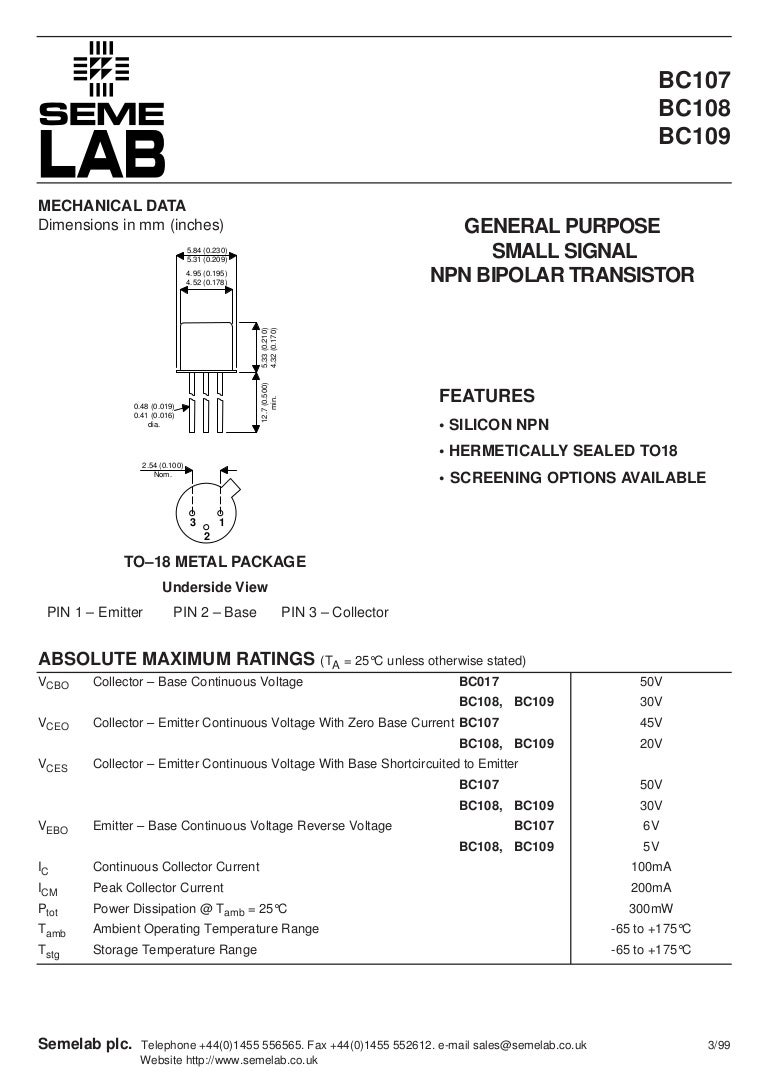
The BC547 is a widely used transistor and it can be used in any general purpose application, it can also be used as a substitute and replacement to many transistors, therefore it can be used in variety of electronic circuits for example switch small load on very low input voltage and current and also in amplification of small audio and other signals. The polarity of voltages applied for each junction is shown in the figure below. The voltage between the base and the emitter (VBE), is negative at the emitter and positive at the base terminal for its NPN construction. When the input voltage is applied at its terminal, some amount of current starts to flow from base to the emitter and controls the current at collector.


When base current is removed the transistor becomes fully off, this stage is called as the Cut-off Region and the Base Emitter voltage could be around 660 mV.Ī lot of applications associated with BC547, a few of the main applications are given below. This stage is called Saturation Region and the typical voltage allowed across the Collector-Emitter (V¬CE) or Base-Emitter (VBE) could be 200 and 900 mV respectively. When this transistor is fully biased then it can allow a maximum of 100mA to flow across the collector and emitter.

To bias a transistor we have to supply current to base pin, this current (IB) should be limited to 5mA. The maximum amount of current that could flow through the Collector pin is 100mA, hence we cannot connect loads that consume more than 100mA using this transistor. BC547 has a gain value of 110 to 800, this value determines the amplification capacity of the transistor. Voltage - Collector Emitter Breakdown (Max)īC547 is a NPN transistor hence the collector and emitter will be left open (Reverse biased) when the base pin is held at ground and will be closed (Forward biased) when a signal is provided to base pin.

How to Safely Long Run BC547 in a Circuit It is an NPN transistor and has three terminals named as:īC547 Environmental and Export Classifications BC547 is a Bipolar Junction Transistor (abbreviated as BJT).


 0 kommentar(er)
0 kommentar(er)
